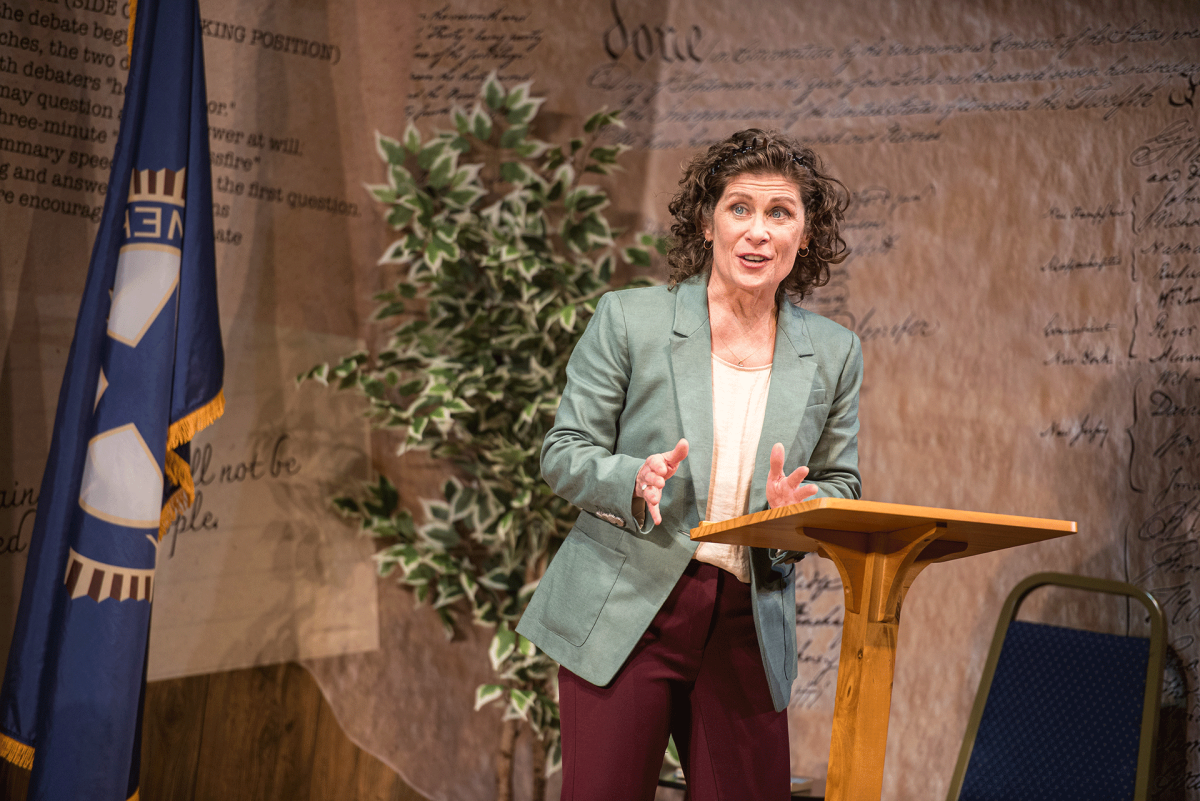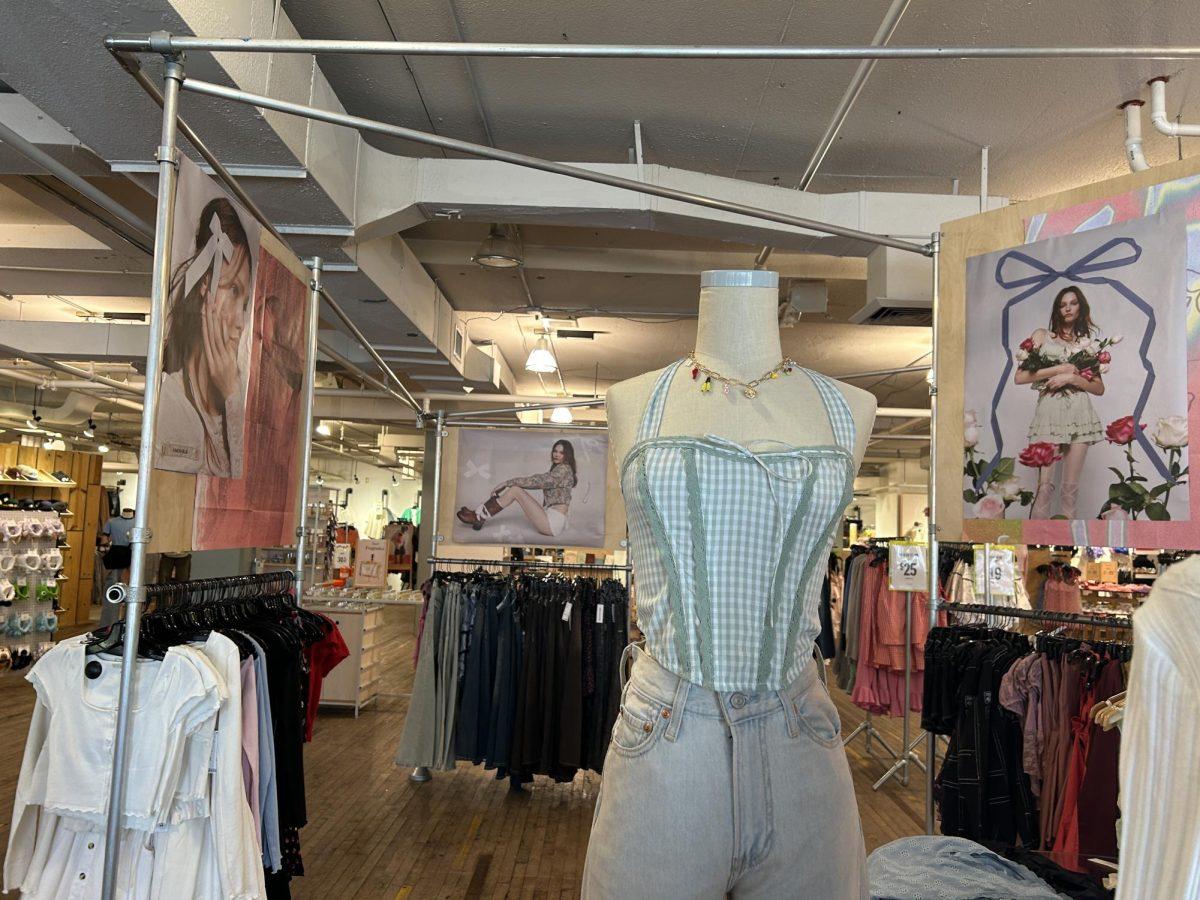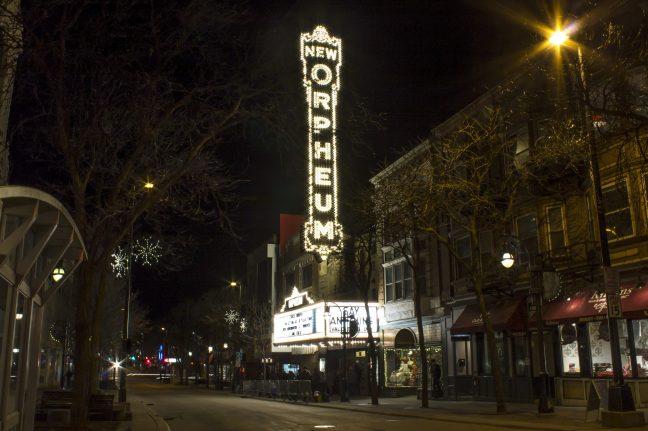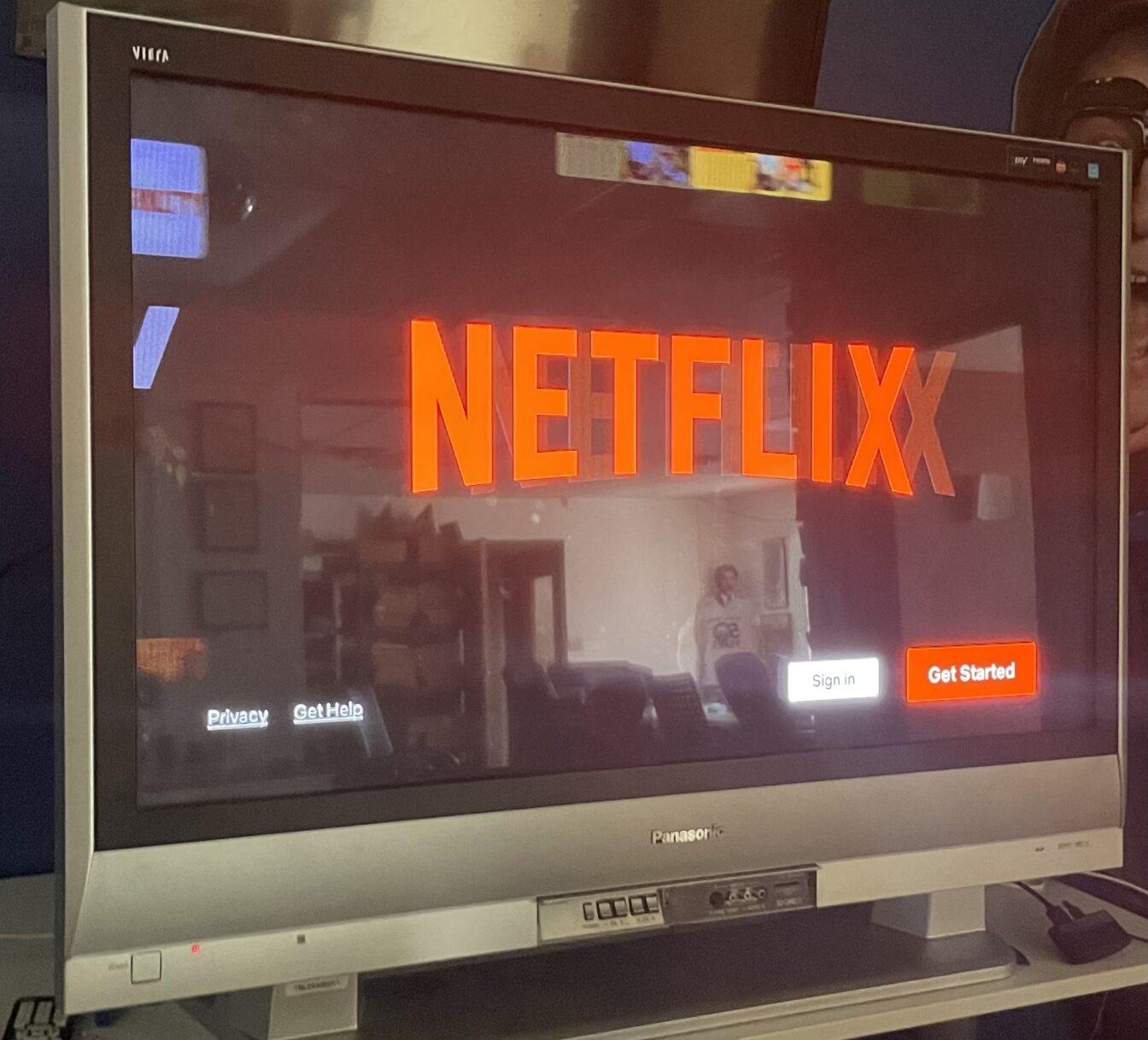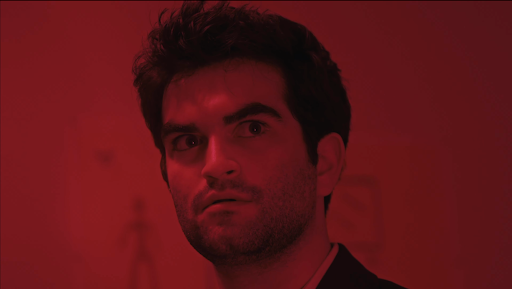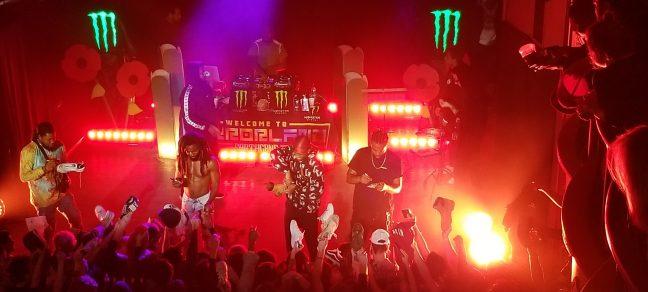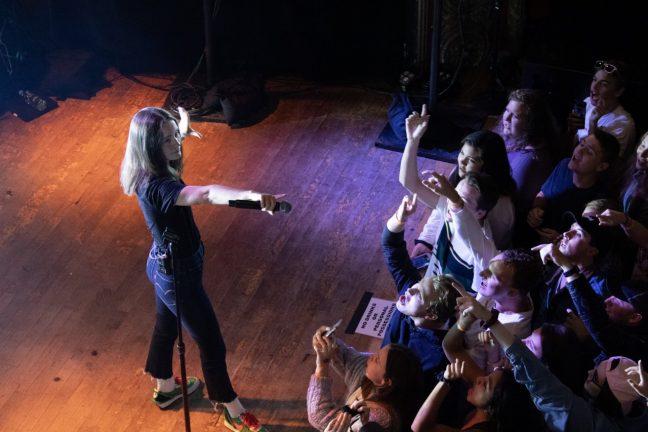“Keyhole” opens with a bullet-ridden credit sequence that suggests an intense story, but it never quite shows.
The experimental film noir is Canadian director Guy Maddin’s first story in five years, but most audience members will struggle to find any clear narrative structure throughout the movie’s 93 minutes. While the film offers beautiful black-and-white visuals and a few whimpering laughs, it falls flat as a piece of entertainment.
“Keyhole,” whose protagonist is slapped suggestively with the name Ulysses, delivers a journey that is unclear to most of its characters – as well as the lucky audience members who consulted a summary in advance.
It begins with a band of 1930s-era thugs seeking refuge from the police. After some hemming and hawing we see Ulysses (Jason Patric, “My Sister’s Keeper”) enter a house and order, “Anyone who’s dead, turn and face the wall. Anyone who’s alive, turn and face me.” The two men who had been shot by the police sullenly turn toward the wall and are ordered to leave.
This was most engaging scene in the film. The humor and interest only go downhill from there.
The film follows gang leader Ulysses as he embarks on a journey through his old house, retrieving lost memories from a life the audience barely has a chance to piece together. Unfortunately, once the pieces are assembled the outcome of the film never satisfies or inspires.
That said, there are still many points of interest in the film. For one, it is impossible to put a finger on the genre of “Keyhole.” At times it is humorous, yet sometimes dramatic, even disturbing. The film also contains an array of arresting images that are frequently powerful and memorable.
Although the bulk of the film’s action occurs in a single building, Maddin’s creativity behind the lens draws plenty of material from the limited setting. Bright flashes of lightning in one scene and police spotlights in another filter through gothic windows to give the interior of the house a smattering of visual interest.
There are some fascinating visuals and delightfully quirky audio clips of an old man’s deranged laughter and commanding voice-overs from Ulysses’s wife Hyacinth (Isabella Rossellini, “Late Bloomers”). But the plot that transpires is so opaque that it is hard to notice.
Many film buffs would argue that the point of a film is not necessarily to present an cogent story. But the average filmgoer would disagree, which is why this film is not for everyone. “Keyhole” incites important questions about film and any other art that does not simply “entertain” viewers. The thing is, even when taken on a basic aesthetic level, the absurdity of the characters in “Keyhole” and its heavy-handed symbolism make it hard to take seriously.
If one takes the film as a piece of satire, it still falls flat. Aside from a few moments of tepid humor, the film rarely incites anything but confused stares.
There is a running gag showing a shot of one of Ulysses’ sons “playing Yahtzee” suggestively over his genitals. He is sometimes in a chair alone in a closet shaking the dice furiously with a look of crazed pleasure. But the humor never reaches beyond the level of an artsy “American Pie.” While walking through a dark hallway filled with the various symbolic fetishes, including an arm sprouting from the ground and an erect penis poking out of the woodwork, Ulysses flatly notes, “That penis is getting dusty.”
Script aside, it is hard to know whether to take anything seriously when confronted with the irreverent performances of the cast. No one takes his or her role seriously except for Denny (Brooke Palsson, “Eye of the Beast”), an absurdly sentimental damsel in distress who is supposedly drowning throughout the film and spits up water while wearing a softly depressed expression whenever she is in a scene.
Take it as a comedy; take it as noir. It does not matter. This film doesn’t do much for the funny bone or the imagination. To take it as a visual journey or an introduction to some cool filming effects is your best bet to get any enjoyment out of “Keyhole.”
For those who are in need of some inspiration for some new art project or poetic masterpiece, “Keyhole” offers a jolt to the imagination few films achieve. But if you’re interested in sitting down and taking a pleasant ride through a clear narrative and sympathetic characters, look elsewhere for a fix.
Two and a half stars out of five
“Keyhole” will be showing again tonight at 10 p.m. at Sundance Cinema in Hilldale Mall. Tickets are $8 or $5 with a student ID. The Wisconsin Film Festival recommends arriving at least 15 minutes before show time to guarantee seating.











